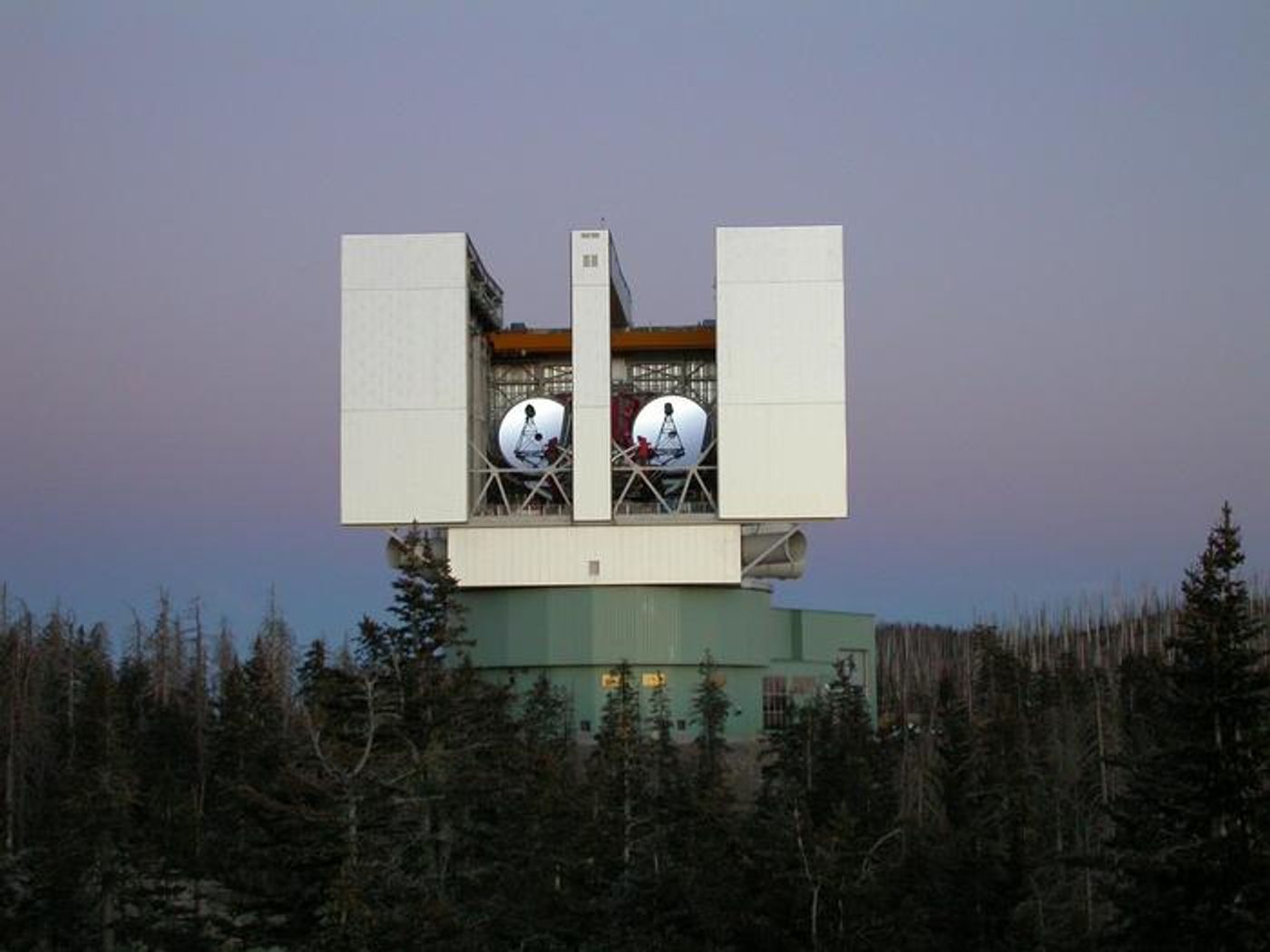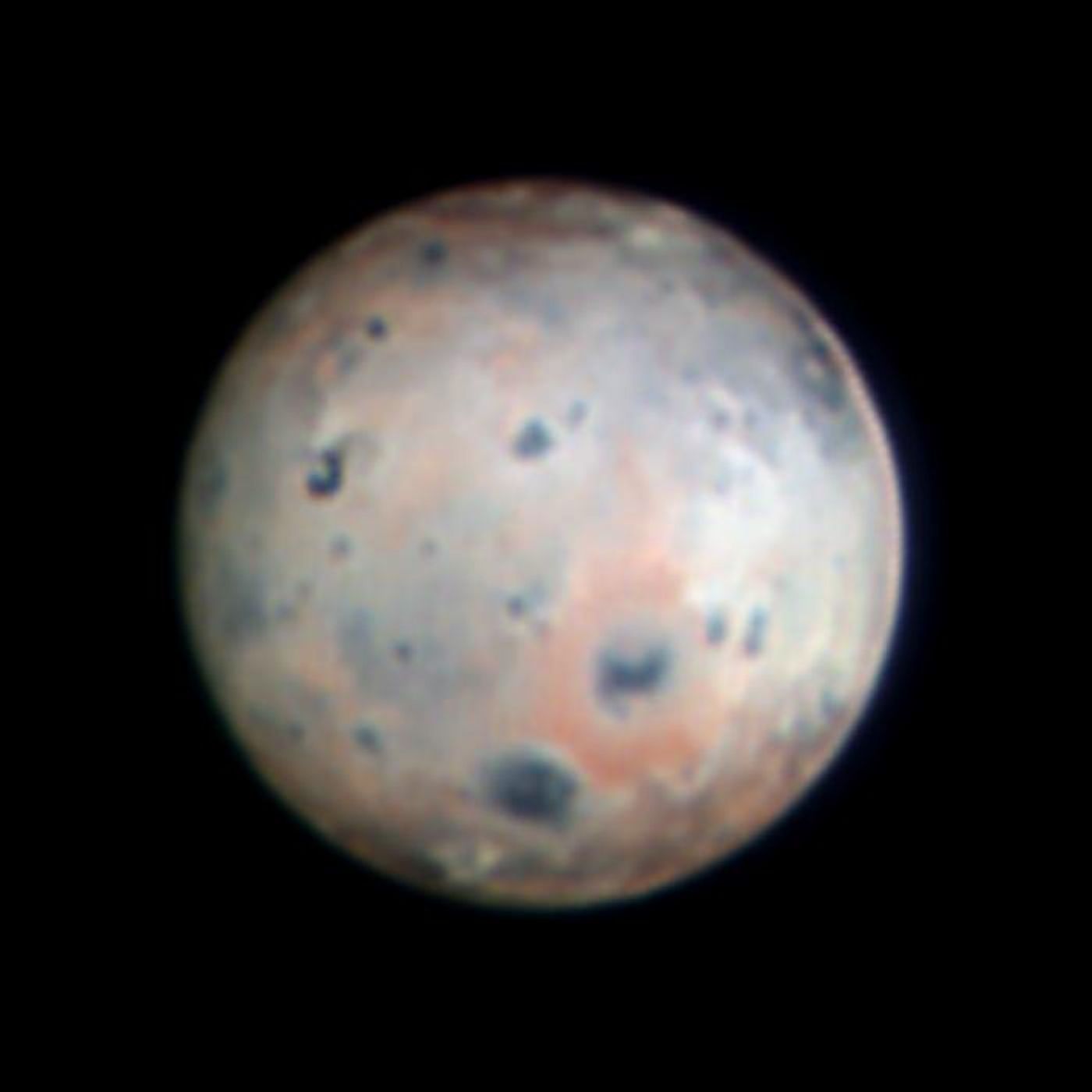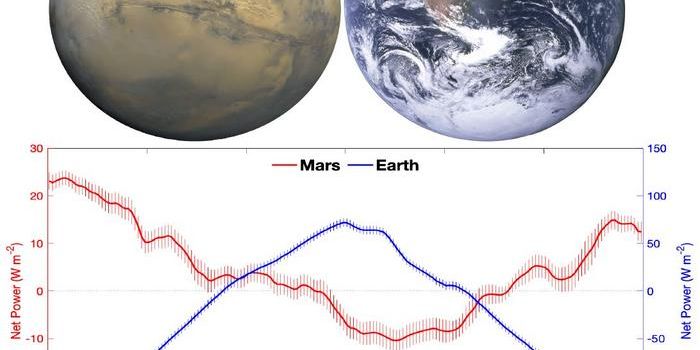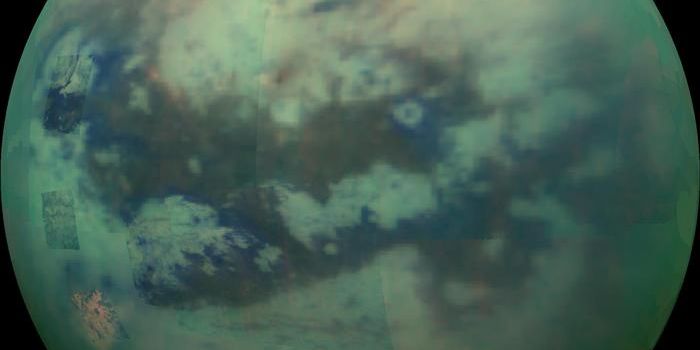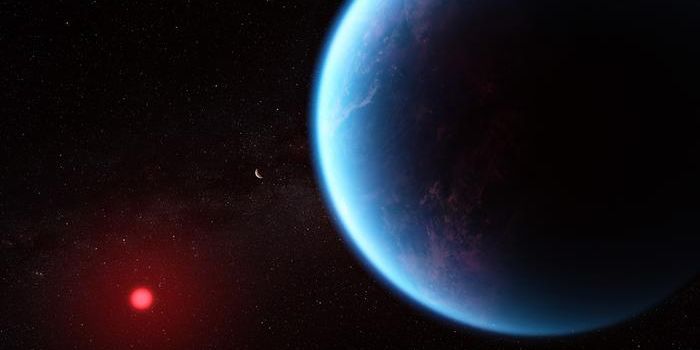Observations of Jupiter's Moon, Io, with SHARK-VIS
Can ground-based telescopes obtain the same image resolution of planetary objects as space-based telescopes, or even spacecraft directly orbiting other worlds? This is what a recently submitted study to Geophysical Research Letters hopes to address as a team of international researchers investigated volcanic activity on Jupiter’s innermost Galilean Moon, Io, using a high-resolution ground-based telescope. This study holds the potential to help researchers gain insights into Io’s volcanic activity along with developing new methods in studying planetary bodies throughout the solar system using ground-based telescopes, as well.
For the study, the researchers used the SHARK-VIS instrument on the Large Binocular Telescope (LBT), which is located on Mount Graham in southeastern Arizona, to analyze images of Io obtained in January 2024 with the goal of learning more about the geological processes responsible for Io’s incredible volcanic activity, specifically tidal heating, as Io is the most volcanically active body in the solar system. in the end, the team was able to identify recent resurfacing events, specifically how volcanic eruptions from one site is covering another volcano on Io.
Image of the Large Binocular Telescope on Mount Graham in southeastern Arizona, which is managed by the University of Arizona. (Credit: NASA)
"We interpret the changes as dark lava deposits and white sulfur dioxide deposits originating from an eruption at Pillan Patera, which partially cover Pele's red, sulfur-rich plume deposit," said Dr. Ashley Davies, who is a principal scientist at NASA’s Jet Propulsion Laboratory and a co-author on the study. "Before SHARK-VIS, such resurfacing events were impossible to observe from Earth."
Image of Jupiter's moon, Io, obtained by SHARK-VIS in january 2024. Pele is seen to the center and right of the moon while Pillan patera is seen to the right of Pele. (Credit: INAF/Large Binocular Telescope Observatory/Georgia State University; IRV-band observations by SHARK-VIS/F. Pedichini; processing by D. Hope, S. Jefferies, G. Li Causi)
What makes SHARK-VIS unique is its ability to obtain images in visible wavelengths of celestial objects by canceling out the blurriness from atmospheric turbulence, which helps reveal surface feature details that observations in infrared wavelengths are unable to obtain.
"Sharper images at visible wavelengths like those provided by SHARK-VIS and LBT are essential to identify both locations of eruptions and surface changes not detectable in the infrared, such as new plume deposits," said Dr. Imke de Pater, who is a professor emerita of astronomy at the University of California – Berkeley and a co-author on the study.
How will SHARK-VIS help scientists better understand Io and other planetary bodies throughout the solar system in the coming years and decades? Only time will tell, and this is why we science!
As always, keep doing science & keep looking up!
Sources: arXiv, EurekAlert!, University of Arizona
